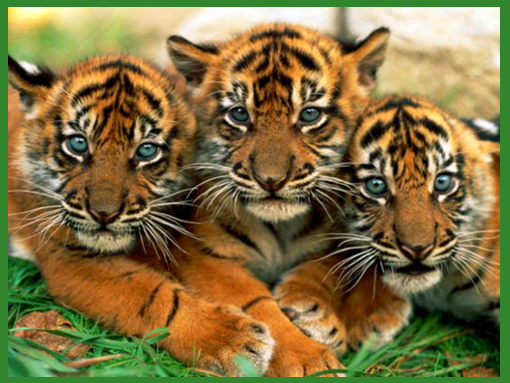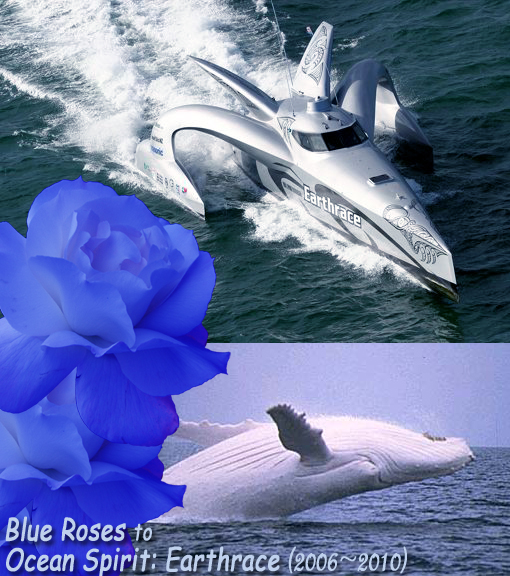You are hereArt & Poem
Art & Poem
Vancouver Winter Olympic Games, Feb 12-28, 2010. Photos: moments of challenge, daring, fun and basking in Nature
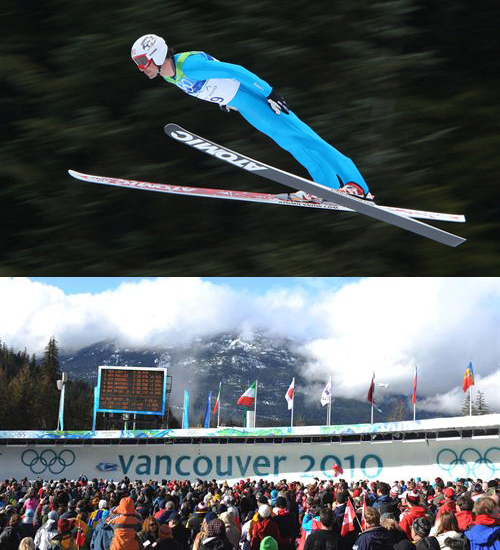
Top: United States' Johnny Spillane competes on large hill ski jump during men's individual Nordic Combined - the event combines ski jumping and a 10K cross-country race; he won the silver medal. Bottom: Large crowd of spectators gather in final curve during Men’s luge competition at Vancouver 2010 Olympic Games at the Whistler Sliding Centre.
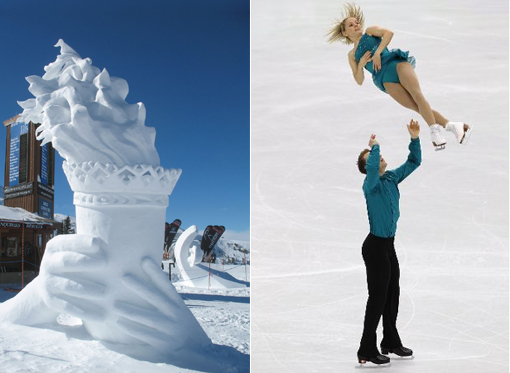
Left: Whistler ice sculpture of Olympic torch. Right: Anabellee Langlois & Cody Hay of Canada compete in figure skating program of Vancouver 2010 Winter Olympics at Pacific Coliseum.

Alexandre Bilodeau of Canada wins gold medal for Freestyle Skiing Men's Moguls on day 3 of the 2010 Winter Olympics at Cypress Freestyle Skiing Stadium, becoming the first Canadian to win a gold medal on home soil at the Winter Olympic Games.
Blue Moon will watch our New Year celebrations & deer may visit your backyard. Take a moment to look into Nature, into Future

(quote)
How often does a full moon occur twice in a single month? Exactly once in a Blue Moon. In fact, the modern usage of the term "Blue Moon" refers to the second Full Moon in a single month. Tonight's Blue Moon will be the first since November 2001. A Blue Moon typically occurs every few years. The reason for the rarity of the Blue Moon is that the 29.53 days between full moons is just slightly shorter than the number of days in the average month. Don't, however, expect the moon to look blue tonight! The term "Blue Moon" has recently been traced to an error in a magazine article in 1946. It is possible for the Moon to appear tinged by a blue hue, sometimes caused by fine dirt circulating in the Earth's atmosphere, possibly from a volcanic explosion. The above picture was taken not during a full moon but through a morning sky that appeared dark blue. The bright crescent is the only part directly exposed to sunlight - the rest of the Moon glows from sunlight reflected from the Earth. In this dramatic photo, however, the planet Jupiter is also visible along with its four largest moons.
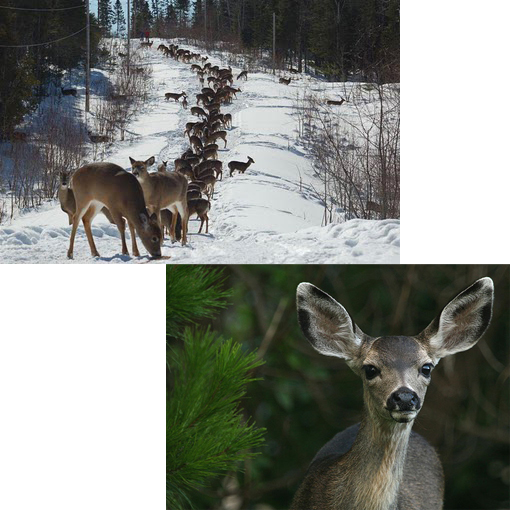
On 2010 New Year eve: take a moment & look into the night sky read more »













